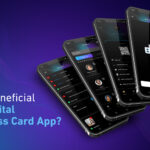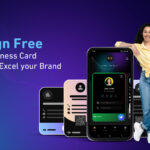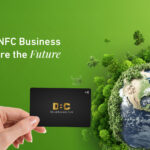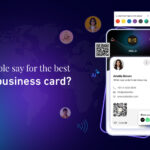Conquer Contactless Networking- Why Digital Business Cards Trump NFC Cards
In today’s digital age, paper business cards are becoming relics of the past. You’ve made the smart move to ditch the flimsy rectangles and embrace digital networking. But with options like NFC business cards and digital business cards vying for your attention, choosing the right path can be tricky.
This blog dives into the key differences between NFC and digital business cards, ultimately revealing why Sailax digital business cards reign supreme for professional, contactless, and sustainable networking.
NFC Business Cards vs. Digital Business Cards
NFC Business Cards
NFC (Near Field Communication) business cards are an innovative blend of physical and digital worlds. They contain an embedded chip that can be tapped by a mobile device to transmit the business card’s information.
While they represent a significant advancement over traditional paper cards, they still require a physical medium, which means they are not entirely digital.
Digital Business Cards
Digital business cards, on the other hand, are completely virtual. They can be created, shared, and stored on mobile devices without the need for any physical components. This makes them a truly 100% digital solution for networking.
Digital business cards can be shared via various means, including QR codes, email, SMS, social media, etc.
To help you understand why digital business cards might be the superior choice, let’s delve into six key reasons why they outperform NFC business cards in various aspects of professional networking.
6 Reasons to Choose Digital Business Cards Over NFC Business Cards
1. Digital Business Cards are Always Accessible
With NFC business cards, there’s always the risk of forgetting or misplacing the physical card when you need it the most. This can hinder your networking efforts significantly.
Digital business cards eliminate this risk. Once you create a digital business card, it stays with you at all times and is stored on your mobile device.
You can access and share it instantly whenever required, ensuring seamless networking opportunities without the need for any physical medium.
2. Contactless Sharing with Digital Business Cards
NFC business cards, despite their digital component, still require physical interaction. Your recipient needs to tap their mobile device on the NFC card to retrieve your contact details. This tap-and-go approach, while convenient, is not truly contactless.
Digital business cards, however, offer a completely touchless experience. You can share your digital business card as a text message, Link, or QR, enabling your recipient to access your information through a simple QR code scan or a URL.
This method is more hygienic, especially in a post-pandemic world, and allows for remote sharing, making your networking efforts more efficient and far-reaching.
3. Enhanced Security with Digital Business Cards
NFC technology, while innovative, is not immune to security risks. Hackers can intercept the
signals between the NFC card and the recipient’s device, potentially compromising your sensitive information.
Additionally, there’s no guarantee that the recipient’s device has adequate security measures, further increasing the risk of data breaches.
Digital business cards, such as those offered by Sailax DBC, incorporate robust security features to protect your data. These solutions are typically compliant with industry standards like ensuring that your information remains secure. Regular security audits and advanced encryption methods provide an additional layer of protection against potential cyber threats.
4. Cost-Effectiveness of Digital Business Cards
Creating NFC business cards involves significant costs, including the production and shipping of the physical cards. Custom-designed NFC business cards can cost around $30 each(can be changed), and this amount can increase when factoring in shipping and handling fees.
Digital business cards are a more economical alternative. Since they are entirely virtual, there are no production or shipping costs involved. Depending on the service provider, such as Sailax DBC, the cost for digital business cards can be as low as $2.99 per user, making it a more affordable solution for businesses of all sizes.
5. Instant Creation and Sharing Capabilities
NFC business cards require a production period, which can take several days to weeks depending on your provider and the quantity ordered. This waiting period can be inconvenient, especially if you need to start networking immediately.
Digital business cards can be created and shared instantly. With platforms like Sailax DBC, you can design your digital business card within minutes and begin sharing it right away. This immediate availability allows you to start networking without any delays, enhancing your business efficiency.
6. Eco-friendliness and Sustainability
NFC business cards, like other physical products, contribute to environmental waste. They are typically made of PVC, a plastic that generates a significant carbon footprint during its production. Even if alternative materials like wood, silver, etc are used, the manufacturing process still involves CO2 emissions.
Digital business cards offer a sustainable solution. By eliminating the need for physical production, they significantly reduce your carbon footprint. This eco-friendly approach to networking aligns with the growing emphasis on sustainability and can appeal to environmentally-conscious clients and partners.
Sailax DBC: Your Gateway to ROI-Driven Digital Networking
Now that you’re convinced about the power of digital business cards, it’s time to choose the right platform. Sailax DBC goes beyond the core benefits discussed above, offering a suite of features designed to maximize your Return On Investment(ROI).
Seamless Sharing: Share your card via various methods, including texts, email signatures, QR codes, and unique URLs.
- Two-Way Communication: Transform your card into a communication channel. Recipients can seamlessly share their contact details directly from your digital business card.
- App-Free Convenience: Create and share Sailax digital business cards without additional app downloads, even through the website.
- Enterprise-Grade Security: Rest assured, your business card activities are protected by industry-leading security measures.
Embrace the Future of Networking
Digital business cards are the future of professional networking. They offer unmatched convenience, security, cost-effectiveness, and environmental benefits.
By choosing Sailax DBC, you’ll gain access to a powerful platform that empowers you to connect, build relationships, and achieve your networking goals.
FAQs
1. Can I use a digital business card with any phone?
A. Yes! Unlike NFC business cards, which require an NFC-enabled phone to be tapped, digital business cards can be accessed and shared with any smartphone through a variety of methods. This includes QR code scanning, unique URLs, or being saved directly to Apple or Google Wallet – all functionalities offered by Unicode.
2. Are digital business cards secure?
A. Security is a major advantage of digital business cards. Reputable platforms like Sailax DBC prioritize user privacy and employ robust security measures like SOC 2 and GDPR compliance. These measures ensure your data is protected during transmission and storage.
3. How quickly can I start using a digital business card from Sailax DBC?
A. You’ll be up and running in no time! One of the biggest advantages of digital business cards is their instant availability. With Sailax DBC, you can create and customize your digital business card in just a few minutes. Once it’s ready, you can start sharing it immediately through various channels such as Apple Wallet, Google Wallet, QR codes, or email. No waiting for printing and shipping – just instant networking power!


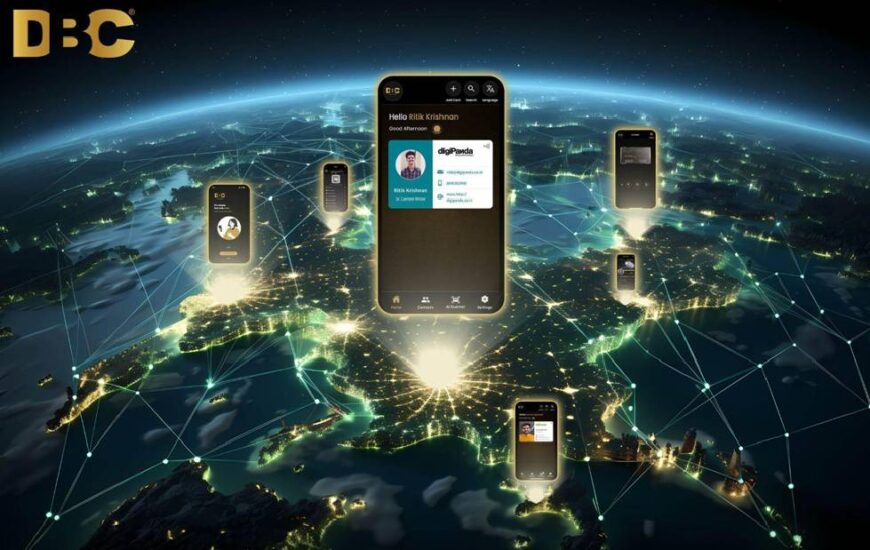
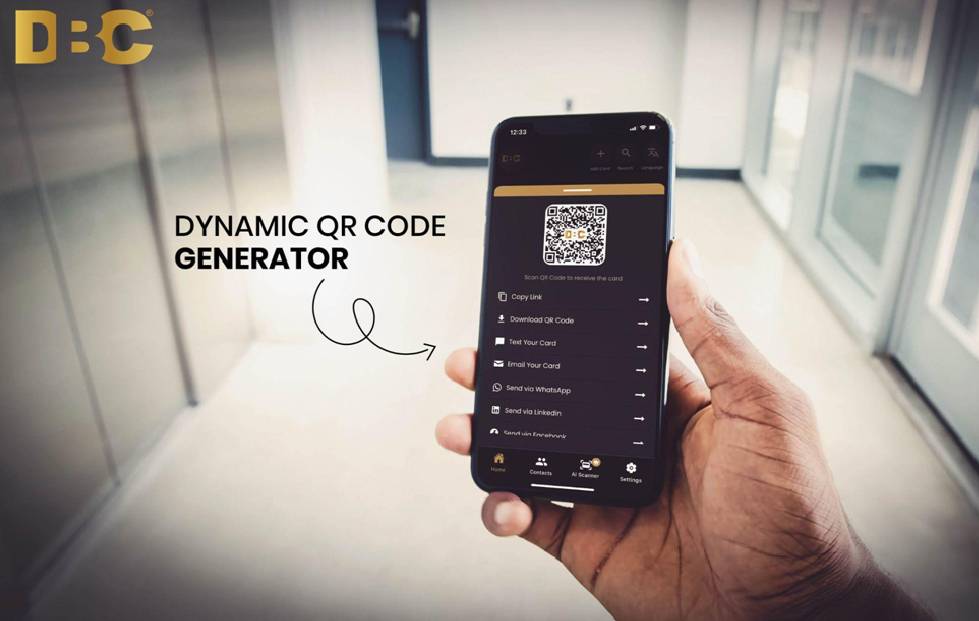


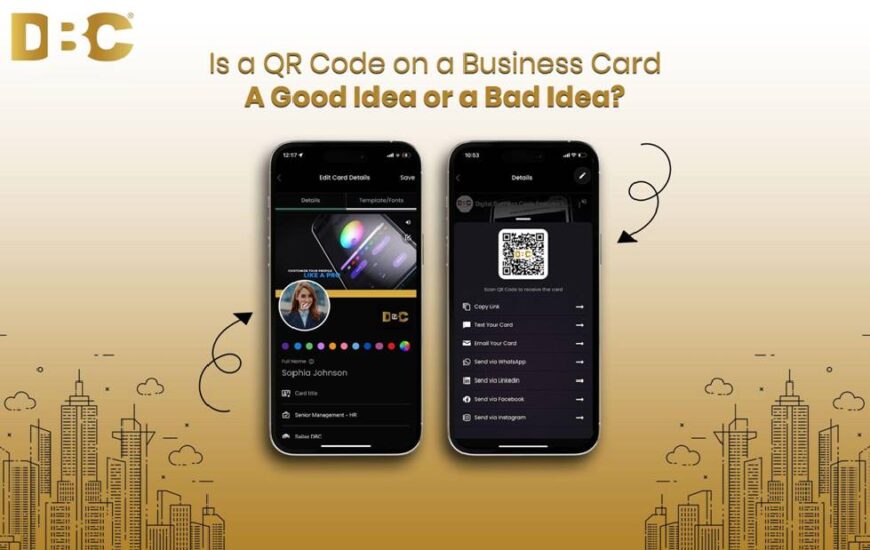

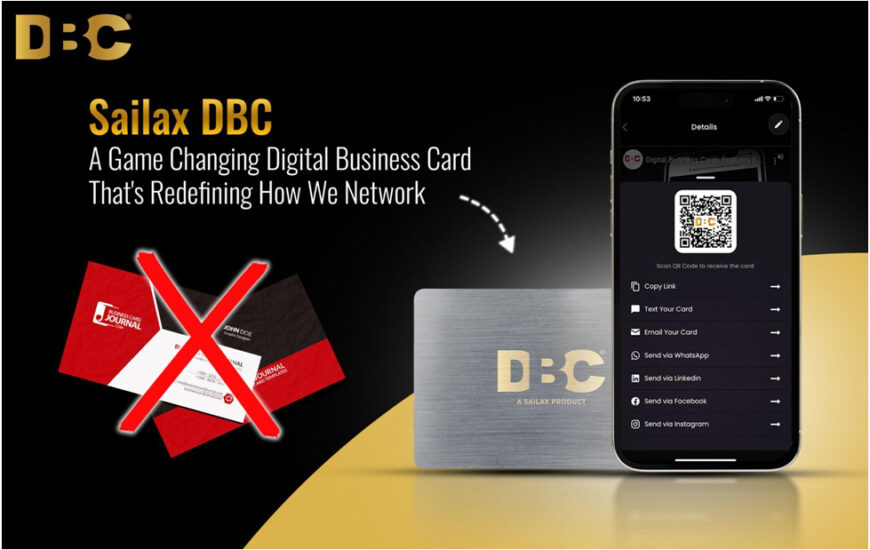

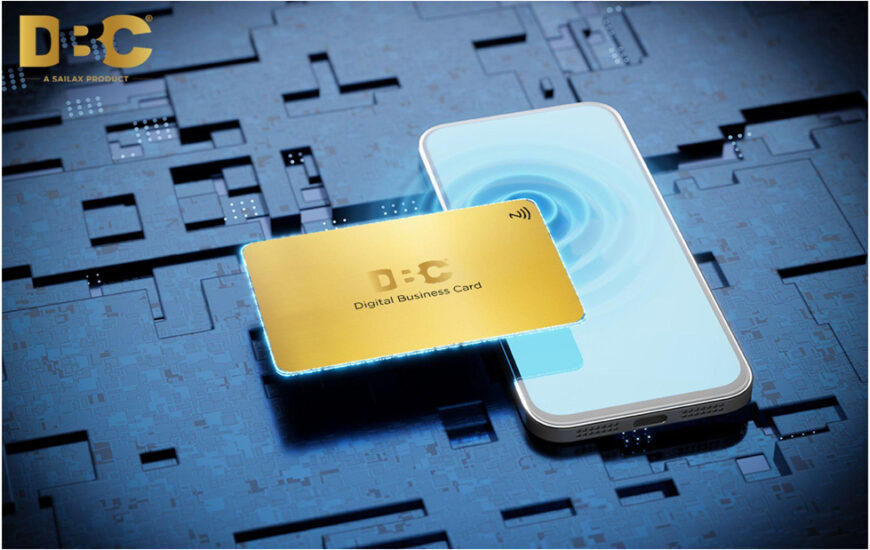





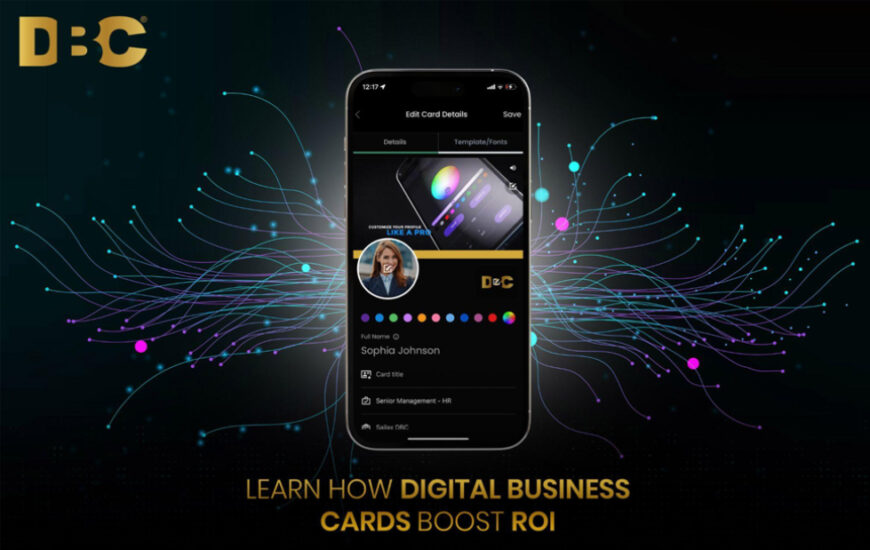


 Now, let’s
Now, let’s 

 Think those paper cards are a harmless way to exchange information? Think again. The environmental footprint of traditional print visiting cards is surprisingly significant. Understanding the true cost of paper business cards:
Think those paper cards are a harmless way to exchange information? Think again. The environmental footprint of traditional print visiting cards is surprisingly significant. Understanding the true cost of paper business cards: Digital business cards offer a refreshing alternative with a significantly lower environmental impact:
Digital business cards offer a refreshing alternative with a significantly lower environmental impact:

